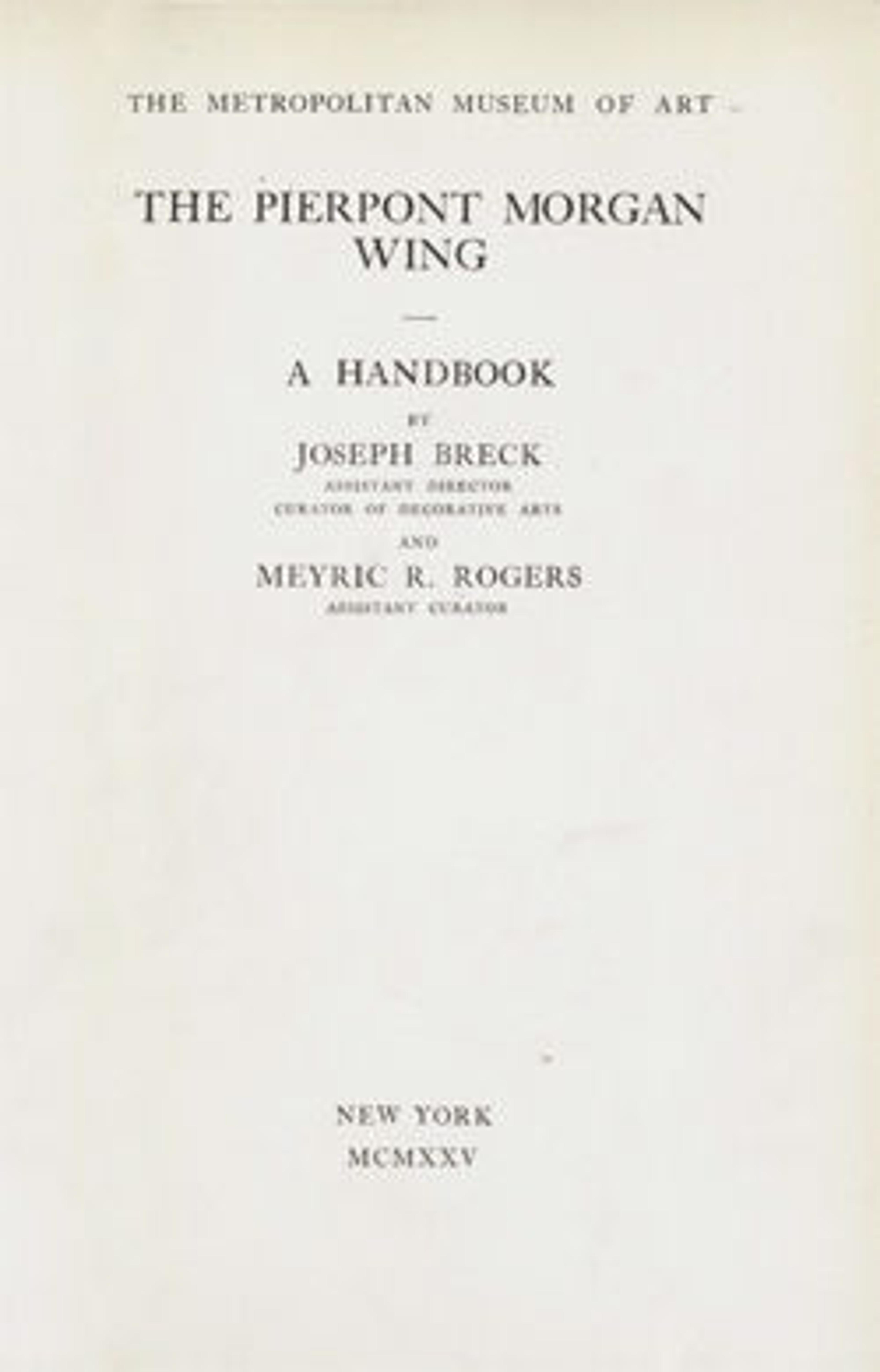Glass goblet with snake-thread decoration
Colorless; trails in opaque white and opaque brownish red, with one red trail starting in translucent greyish green.
Slightly everted rim, folded over and in; body expanding downwards, then curving in sharply; solid, cylindrical stem.
On body, four indents in side, making squarish shape; one horizontal white trail wound once around upper body; another horizontal white trail wound once around stem on undercurve; over indents on side, four separate snake-thread trails, alternately in white and red, but all in a similar abstract design, starting at left with a horizontal squiggle at top and ending in a long hooked loop at right.
Broken with part of stem and all of foot missing, parts of top trail missing, and two internal cracks in side; many pinprick bubbles and blowing striations; slight dulling and iridescence on exterior, patches of thick creamy brown weathering on interior.
Snake thread vase with foot; opaque threads.
Slightly everted rim, folded over and in; body expanding downwards, then curving in sharply; solid, cylindrical stem.
On body, four indents in side, making squarish shape; one horizontal white trail wound once around upper body; another horizontal white trail wound once around stem on undercurve; over indents on side, four separate snake-thread trails, alternately in white and red, but all in a similar abstract design, starting at left with a horizontal squiggle at top and ending in a long hooked loop at right.
Broken with part of stem and all of foot missing, parts of top trail missing, and two internal cracks in side; many pinprick bubbles and blowing striations; slight dulling and iridescence on exterior, patches of thick creamy brown weathering on interior.
Snake thread vase with foot; opaque threads.
Artwork Details
- Title: Glass goblet with snake-thread decoration
- Period: Imperial
- Date: 3rd century CE
- Culture: Roman
- Medium: Glass; blown, tooled, and trailed
- Dimensions: H.: 5 1/16 in. (12.8 cm)
- Classification: Glass
- Credit Line: Gift of J. Pierpont Morgan, 1917
- Object Number: 17.191.352
- Curatorial Department: Greek and Roman Art
More Artwork
Research Resources
The Met provides unparalleled resources for research and welcomes an international community of students and scholars. The Met's Open Access API is where creators and researchers can connect to the The Met collection. Open Access data and public domain images are available for unrestricted commercial and noncommercial use without permission or fee.
To request images under copyright and other restrictions, please use this Image Request form.
Feedback
We continue to research and examine historical and cultural context for objects in The Met collection. If you have comments or questions about this object record, please contact us using the form below. The Museum looks forward to receiving your comments.
